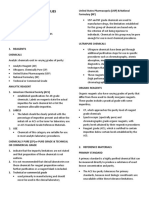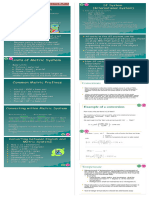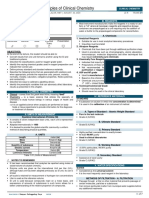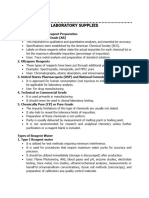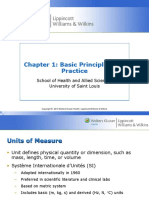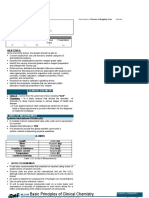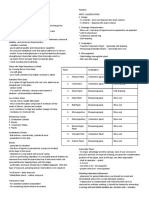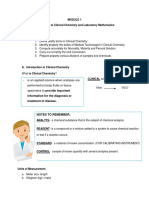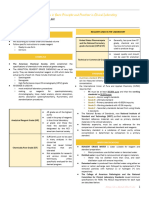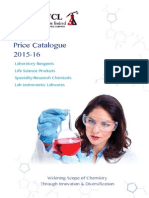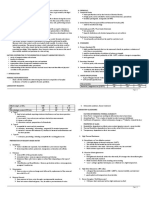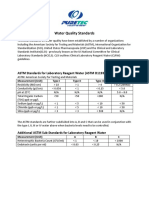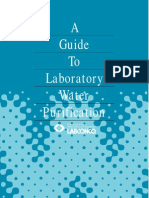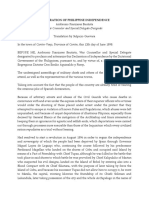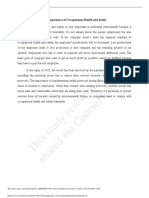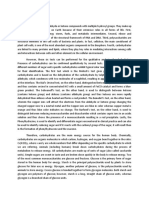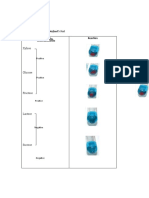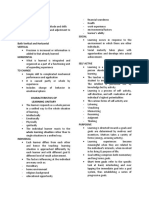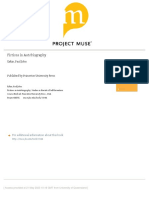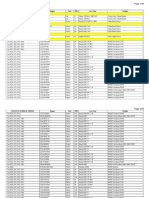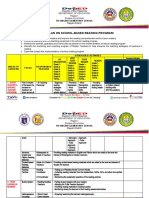0% found this document useful (0 votes)
140 views2 pagesChemicals: Clincal Chemistry 1
This document discusses the grades of purity for chemicals used in clinical laboratories. It outlines five grades ranging from analytical reagent to technical grade. Analytical reagent is the purest and specifies maximum impurities, while technical grade should not be used in clinical labs. The document also discusses types and purification of water used in clinical labs, categorized based on specifications rather than method of purification. It provides examples of distilled, deionized, and ultrafiltered water types. Reference materials like primary standards and standard reference materials are also covered.
Uploaded by
Xyrelle NavarroCopyright
© © All Rights Reserved
We take content rights seriously. If you suspect this is your content, claim it here.
Available Formats
Download as PDF, TXT or read online on Scribd
0% found this document useful (0 votes)
140 views2 pagesChemicals: Clincal Chemistry 1
This document discusses the grades of purity for chemicals used in clinical laboratories. It outlines five grades ranging from analytical reagent to technical grade. Analytical reagent is the purest and specifies maximum impurities, while technical grade should not be used in clinical labs. The document also discusses types and purification of water used in clinical labs, categorized based on specifications rather than method of purification. It provides examples of distilled, deionized, and ultrafiltered water types. Reference materials like primary standards and standard reference materials are also covered.
Uploaded by
Xyrelle NavarroCopyright
© © All Rights Reserved
We take content rights seriously. If you suspect this is your content, claim it here.
Available Formats
Download as PDF, TXT or read online on Scribd
/ 2

